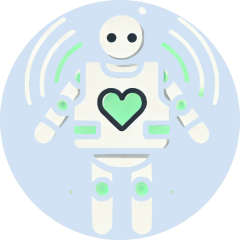Our project, WalkGuard, is designed to assist visually impaired individuals with navigation and health monitoring through a smart, wearable system. WalkGuard integrates technology such as GPS, accelerometer and obstacle detection sensors to provide real-time guidance for users, ensuring a safe and independent journey in unfamiliar environments by adding on to the white cane that the visually impaired people currently uses.
The system’s wearable component continuously monitors the user’s surroundings, alerting them to obstacles via sound feedback. This allows users to anticipate potential obstacles in advance, which supplements the use of white cane and allows users to “see” further ahead. Paired with a web app, WalkGuard notices caregivers of any accidental falls when the visually impaired individual trips on something. Along with the GPS location sent, the caregiver will be able to immediately check in with the visually impaired individuals to see if they need any help.
